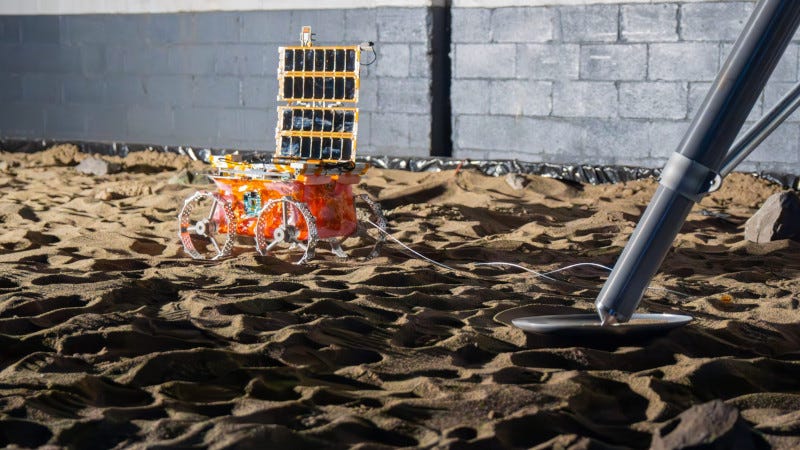Lunar Power Grid Passes Major Design Review Milestone
System Will Transmit First Kilowatt of Power Across Moon's Surface in 2026
A critical engineering milestone has been reached in the development of a lunar power demonstration mission by Astrobotic. The LunaGrid-Lite mission has now moved into flight hardware production.
"Achieving this milestone marks the completion of the design and planning phase for LunaGrid-Lite, propelling us into a flight-ready system by Q2 2026."
Matt Za…
Keep reading with a 7-day free trial
Subscribe to The Journal of Space Commerce to keep reading this post and get 7 days of free access to the full post archives.



